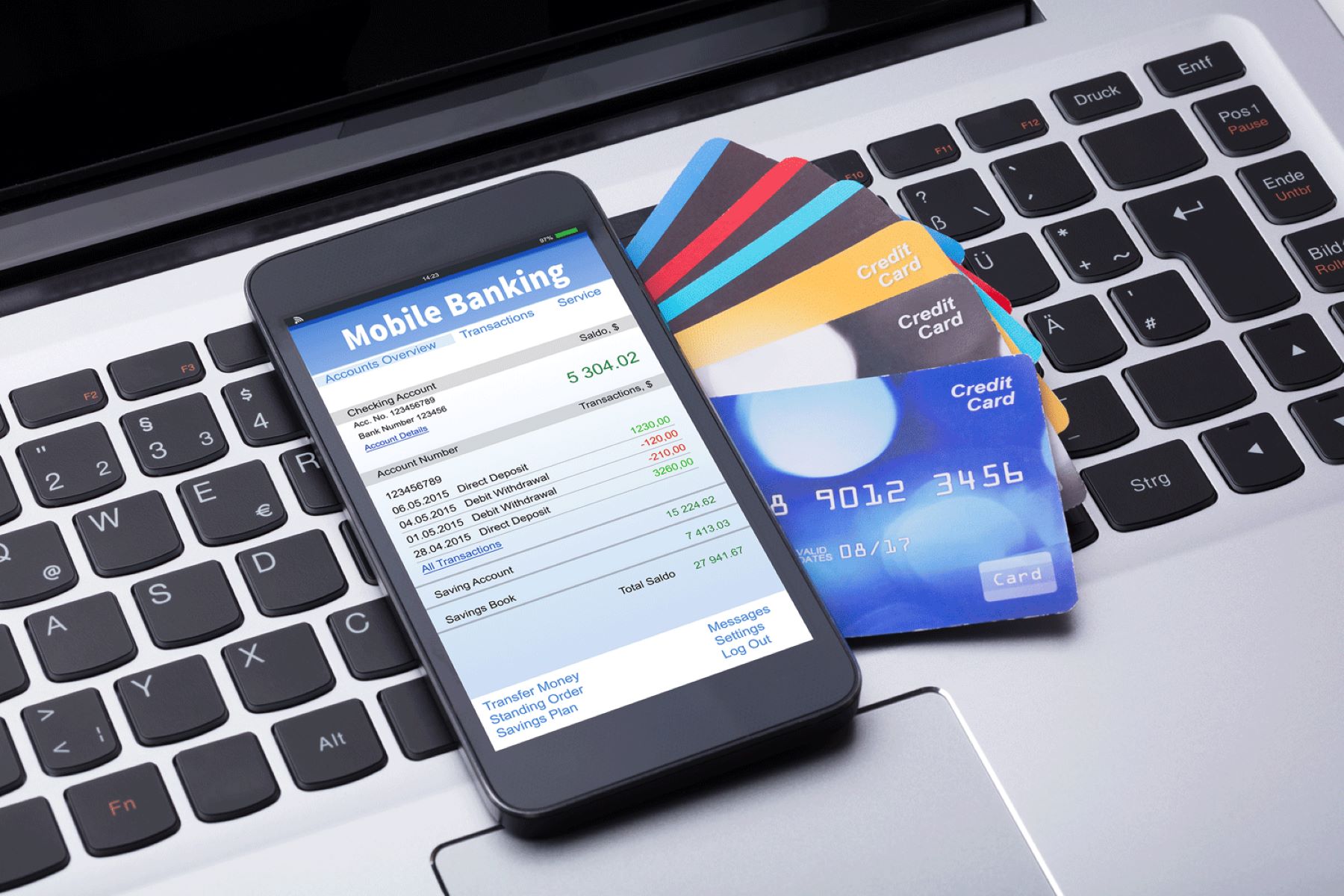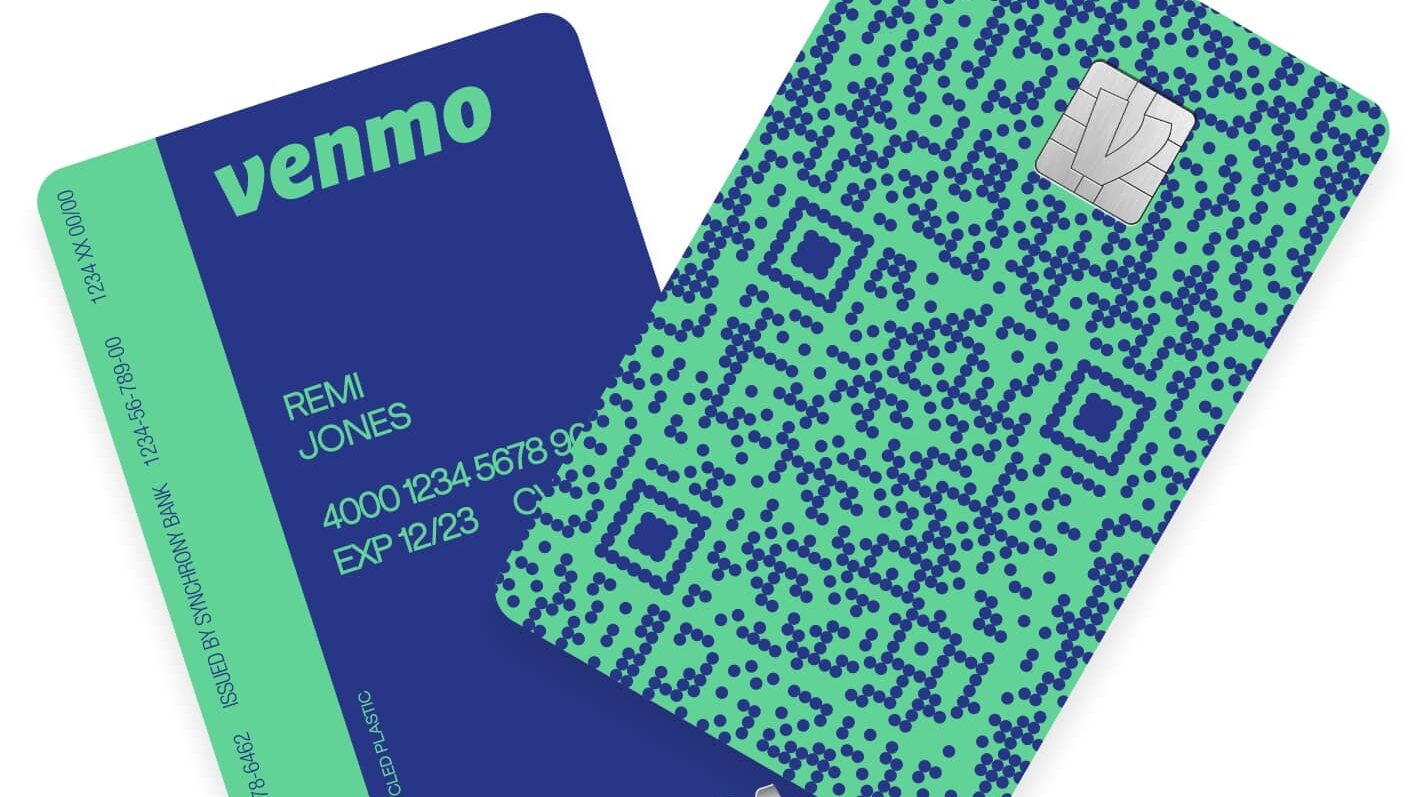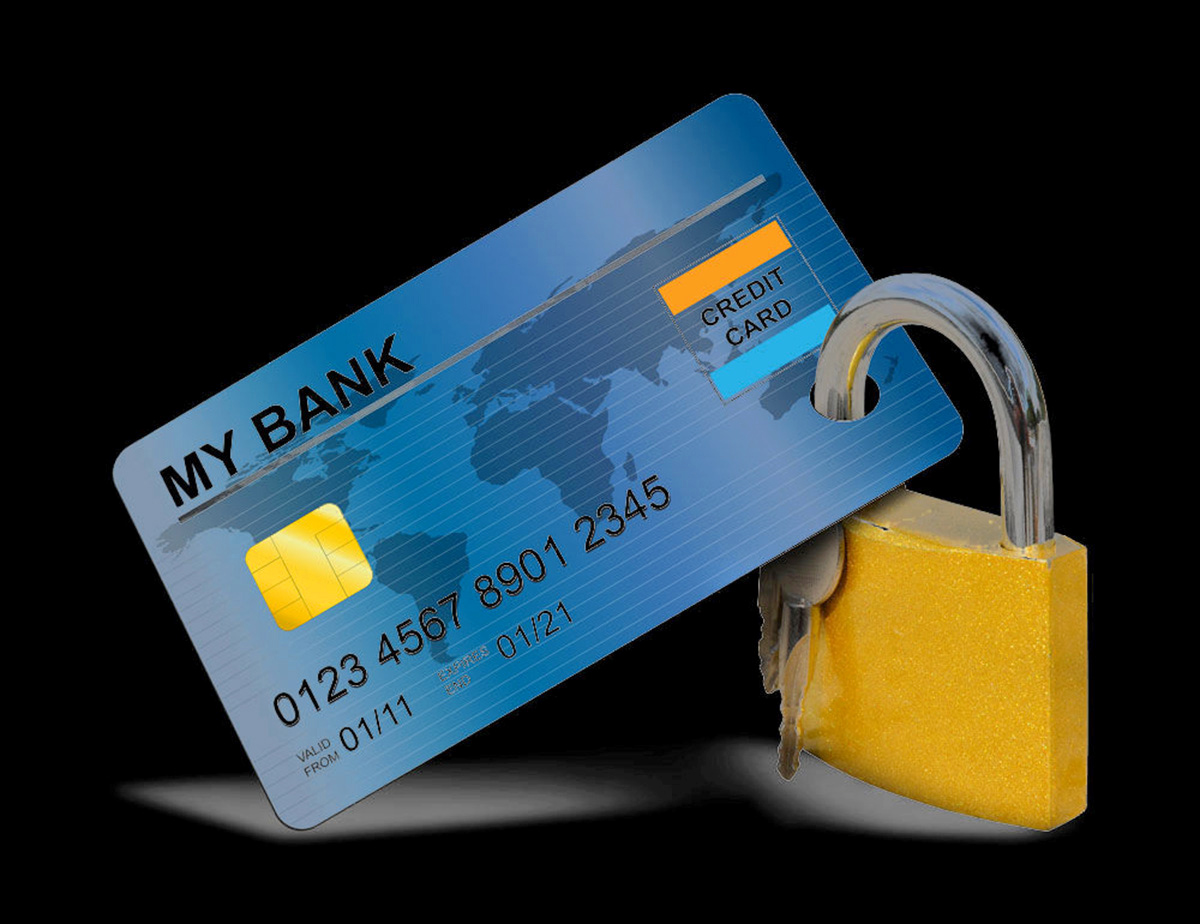

Finance
How Do I Check My Student Loan Balance
Published: October 20, 2023
Discover how to easily check your student loan balance with our helpful finance guide. Stay informed and manage your finances effectively.
(Many of the links in this article redirect to a specific reviewed product. Your purchase of these products through affiliate links helps to generate commission for LiveWell, at no extra cost. Learn more)
Table of Contents
- Introduction
- Option 1: Check online through your student loan servicer’s website
- Option 2: Contact your student loan servicer via phone
- Option 3: Check your student loan balance through the National Student Loan Data System (NSLDS)
- Option 4: Review your student loan statements
- Option 5: Request a paper statement by mail
- Option 6: Utilize the student loan mobile app
- Option 7: Consult your college or university’s financial aid office
- Conclusion
Introduction
As a student loan borrower, it’s essential to stay on top of your loan balance to effectively manage your finances. Knowing your exact student loan balance allows you to make informed decisions regarding repayment strategies, budgeting, and financial planning.
Fortunately, checking your student loan balance is relatively straightforward, and there are several options available to help you access this information. In this article, we will explore seven different methods you can use to check your student loan balance, ranging from online platforms to contacting your loan servicer directly.
Before delving into the various options, let’s quickly discuss the significance of knowing your student loan balance. Firstly, understanding your balance gives you an accurate picture of your debt, including the principal amount borrowed and any accrued interest. This knowledge empowers you to track your progress in paying off your loan and set realistic goals for repayment.
Moreover, knowing your student loan balance is crucial for making responsible financial decisions. It allows you to budget more effectively, ensuring that you allocate sufficient funds each month for student loan payments. Additionally, being aware of your balance enables you to assess your eligibility for repayment plans, forgiveness programs, or refinancing options.
Now that we’ve established the importance of checking your student loan balance, let’s explore the various methods available to do so. Whether you prefer online platforms, phone calls, or paper statements, there’s a method that suits your needs. Let’s dive in!
Option 1: Check online through your student loan servicer’s website
One of the most convenient ways to check your student loan balance is by logging into your student loan servicer’s website. Your loan servicer is the company responsible for collecting payments, managing your account, and providing information about your loans.
To check your student loan balance online, follow these steps:
- Visit the website of your student loan servicer.
- Locate the login or account access section on the website. This may be labeled as “Sign In,” “Account Login,” or something similar.
- Enter the required login credentials, which typically include your username or email address and password. If you haven’t created an account, you may need to register first.
- Once logged in, navigate to the account dashboard or summary page. Here, you should find detailed information about your loan, including your current balance.
- Take note of the balance and any other relevant details, such as interest rates, repayment status, and loan servicer contact information.
Checking your student loan balance online is not only convenient but also provides you with real-time information about your loans. It allows you to see any recent payments, outstanding balances, and any changes to your loan terms.
It’s important to regularly monitor your online student loan account to ensure the accuracy of the information. If you notice any discrepancies or have any questions, contact your loan servicer for clarification.
Remember, each loan servicer may have a different website layout and login process, so make sure to familiarize yourself with the specific steps for your loan servicer. If you’re unsure which company services your student loans, you can find this information by logging into the National Student Loan Data System (NSLDS), which we will discuss in the next section.
Option 2: Contact your student loan servicer via phone
If you prefer a more direct approach, you can contact your student loan servicer directly over the phone to check your loan balance. This method is useful if you have specific questions or need clarification regarding your loan details.
To check your student loan balance over the phone, follow these steps:
- Locate the customer service phone number for your loan servicer. This information can usually be found on their website or on any correspondence you have received from them.
- Gather any necessary information before making the call, such as your loan account number or Social Security number, which may be required to access your account. Having this information ready will expedite the process.
- Dial the customer service phone number and wait for a representative to assist you. Be prepared to provide some basic identifying information to verify your identity.
- Once connected, inform the representative that you would like to check your student loan balance. They will guide you through the necessary steps and may ask additional questions to confirm your identity.
- Listen carefully to the information provided by the representative. Take note of your current loan balance and any other relevant details they may provide, such as outstanding interest or repayment terms.
By contacting your loan servicer over the phone, you have the opportunity to ask questions and receive personalized assistance. The representative can provide additional information about your repayment options, grace periods, or any other concerns you may have regarding your loan.
Remember to keep a record of the phone call, including the date, time, and the name of the representative you spoke with. This documentation can be helpful if any discrepancies or issues arise in the future.
While checking your student loan balance over the phone can be a more time-consuming process compared to online methods, it offers a personal touch and the opportunity to address any concerns directly with a representative.
Option 3: Check your student loan balance through the National Student Loan Data System (NSLDS)
The National Student Loan Data System (NSLDS) is a comprehensive database that houses information about federal student loans. It provides borrowers with access to their loan details, including loan balances, interest rates, and loan servicer contact information.
To check your student loan balance through the NSLDS, follow these steps:
- Visit the NSLDS website at www.nslds.ed.gov.
- Click on “Financial Aid Review” and then accept the privacy statement.
- Enter your Federal Student Aid (FSA) ID. If you don’t have an FSA ID, you can create one on the same website.
- Once logged in, you will be directed to your NSLDS dashboard. Here, you can view your loan summary, including the outstanding loan balances for each loan you have borrowed.
- Take note of the loan balance and any other relevant details, such as interest rates and loan statuses.
The NSLDS is a valuable resource for all borrowers with federal student loans. It provides a centralized platform to view and manage your loans, making it easier to stay informed about your loan balances and progress towards repayment.
It’s important to note that the NSLDS only displays information about federal student loans. If you have private student loans, you will need to explore other options to check the balances on those loans.
By utilizing the NSLDS, you can easily access your federal student loan information in one place and ensure that you have an up-to-date understanding of your loan balances.
Option 4: Review your student loan statements
Another method to check your student loan balance is by reviewing your monthly or periodic statements that you receive from your loan servicer. These statements provide a snapshot of your loan details, including your outstanding balance, payment history, and any accrued interest.
To check your student loan balance through your loan statements, follow these steps:
- Retrieve your most recent student loan statement from your mail or email inbox. Loan statements are typically sent on a monthly or quarterly basis.
- Open the statement and locate the section that provides the loan balance information. This may be labeled as “Current Balance,” “Loan Balance,” or something similar.
- Note the balance amount and any other relevant details, such as the accrued interest, payment due date, and any recent payments.
- Keep your statement in a safe place or create a system to organize and track your statements for future reference.
Reviewing your student loan statements not only allows you to check your loan balance but also provides valuable insights into your repayment progress. You can see how much of your payments go towards principal and interest, as well as track your payment history over time.
It’s essential to carefully review your student loan statements to ensure the accuracy of the information provided. If you notice any discrepancies or have any questions, reach out to your loan servicer for clarification.
However, it’s important to note that not all loan servicers provide detailed statements with balance information. In such cases, it is advisable to consider using alternative methods to check your balance, such as the options mentioned earlier.
By regularly reviewing your student loan statements, you can keep track of your loan balance and stay informed about your repayment progress.
Option 5: Request a paper statement by mail
If you prefer to receive physical documentation of your student loan balance, you have the option to request a paper statement to be sent to you through mail. While most loan servicers now provide online statements, some may still offer the choice to receive a physical copy.
To check your student loan balance through a paper statement, follow these steps:
- Contact your student loan servicer’s customer service department using the phone number provided on their website or any previous correspondence.
- Inform the representative that you would like to request a paper statement to be mailed to your address.
- Provide the necessary information to verify your identity, such as your loan account number and personal details.
- Confirm your mailing address to ensure that the statement is sent to the correct location.
- Wait for the paper statement to be delivered to your mailbox. This may take a few days or more, depending on the processing time of your loan servicer.
- Upon receiving the paper statement, carefully review the document to find the loan balance information, which is typically listed prominently.
Requesting a paper statement by mail may be beneficial if you prefer having a physical copy for your records or if you have limited access to online platforms. It can also serve as a reminder to review your loan balance regularly.
However, it’s worth noting that paper statements may not be as up-to-date as online platforms or electronic statements. There may be delays in processing and delivery, and the information provided may not reflect recent changes or payments made on your loan.
If you choose to receive paper statements, it’s essential to have a system in place to keep track of them and to safely store them for future reference. Consider creating a dedicated file for your student loan statements to ensure easy access if needed.
While requesting a paper statement might not be the most convenient or timely method to check your student loan balance, it can still be a viable option if it aligns with your preferences and circumstances.
Option 6: Utilize the student loan mobile app
With the increasing use of smartphones, many student loan servicers have developed mobile applications (apps) that allow borrowers to access their account information conveniently. These apps provide a user-friendly interface that enables you to check your student loan balance and manage your loans from the palm of your hand.
To utilize a student loan mobile app to check your loan balance, follow these steps:
- Search for your student loan servicer’s mobile app in the respective app store based on your smartphone’s operating system (iOS or Android).
- Download and install the app onto your smartphone.
- Launch the app and log in using the same credentials you would use for the online portal or website.
- Navigate to the account dashboard or summary page within the app. Look for the section that provides information about your loan balance.
- Review your student loan balance and any other relevant details, such as interest rates, repayment status, and upcoming payment due dates.
Using a student loan mobile app offers the convenience of checking your loan balance anytime and anywhere. You can easily monitor your loan status, make payments, and access other account information directly from your smartphone.
In addition to checking your balance, these apps typically offer additional features such as payment reminders, income-driven repayment plan calculators, and options to contact customer support.
It’s important to remember that not all loan servicers have mobile apps, so it’s advisable to check whether your servicer provides this option. If your loan servicer does not have a dedicated app, you can explore other methods mentioned earlier to check your student loan balance.
By utilizing a student loan mobile app, you can conveniently access your loan balance and manage your student loans on the go, providing greater flexibility and accessibility to your financial information.
Option 7: Consult your college or university’s financial aid office
If you’re unable to access your student loan balance through other methods or if you have difficulty understanding the information provided, another option is to consult your college or university’s financial aid office. The financial aid office is a valuable resource that can assist you in understanding and managing your student loans.
To check your student loan balance through your financial aid office, follow these steps:
- Locate the contact information for your college or university’s financial aid office. This information is typically available on their website or through the main administrative office.
- Reach out to the financial aid office via phone, email, or in-person during their business hours.
- Explain that you would like to check your student loan balance and require assistance. Be prepared to provide your full name, student identification number, and any other relevant information they may require to locate your records.
- Ask the financial aid office representative to provide you with your current student loan balance and any other pertinent loan details you may need.
- Take notes of the information provided and ask any additional questions you may have regarding your loan status, repayment options, or other concerns you may have.
Consulting your college or university’s financial aid office is particularly useful if you have questions or need clarification about your student loans. The financial aid office staff are knowledgeable about various loan programs and can provide guidance on understanding your loan balance and repayment options.
Keep in mind that the financial aid office primarily handles federal student loans. If you have private student loans, they may not have access to the specific details of those loans. In such cases, you may need to contact your private loan lenders directly for balance information.
By reaching out to your college or university’s financial aid office, you can obtain personalized support and guidance in navigating your student loans, ensuring you have a clear understanding of your loan balance and any available resources for managing your debt.
Conclusion
Checking your student loan balance is a crucial step in taking control of your finances and effectively managing your loans. Fortunately, there are several convenient options available to check your balance, allowing you to stay informed and make informed decisions about your student loan repayment.
Online platforms provided by your loan servicer offer a quick and accessible way to check your student loan balance. Logging into your account allows you to view real-time information, including your outstanding balance and other important loan details.
If you prefer a more personalized approach, contacting your loan servicer via phone provides the opportunity to speak directly with a representative who can assist you in checking your loan balance and addressing any questions or concerns you may have.
The National Student Loan Data System (NSLDS) is a comprehensive database that gives you access to your federal student loan balance. By logging into the NSLDS website, you can view your loan summary and stay up-to-date with your student loan information.
Reviewing your student loan statements, whether online or in paper form, allows you to track your loan balance and payment history. Regularly reviewing these statements ensures accuracy and helps you stay on top of your repayment progress.
Using a student loan mobile app offers the convenience of checking your loan balance and managing your loans on-the-go. These apps provide a user-friendly interface and additional features to help you navigate your student loans easily.
When in doubt or if you have specific questions, don’t hesitate to reach out to your college or university’s financial aid office. They are there to assist you in understanding your student loans and provide valuable guidance.
In conclusion, regularly checking your student loan balance is essential for financial planning and successful repayment of your student loans. Choose the option that suits your preferences and access the information you need to stay on track and achieve your financial goals.














